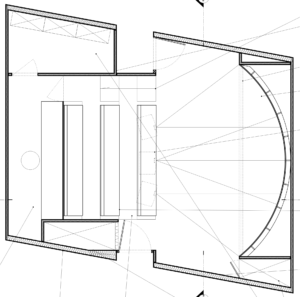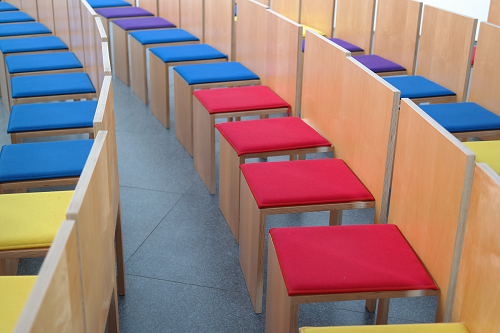More than ever, strong multidisciplinary collaborations are needed to achieve significant breakthroughs in complex problems. Visualisation is considered a bridge between disciplines, for its ability to share and understand data and models in a convenient and effective manner.
The data Visualisation Centre offers an immersive space to display, analyse and understand data in a meaningful way. The infrastructure is designed around the need for researchers to share their expertise in order to tackle scientific challenges.
The centre is supported by the Institute who is committed to provide high-quality service, in a high-end environment. For information or questions about the Visualisation Center, please email contact_iscd@sorbonne-universite.fr
To schedule your data event, submit a reservation request online.
Visualisation auditorium

Resources, experimental technologies

Services
The Center's in-house staff provide expert support and consulting to ensure that researchers achieve the full potential for their projects. We offer training sessions to enable researchers to use our systems effectively.

Equipment
The curved screen area gives users a 6.2m. x 2.5m., 3800 x 1280 resolution display, which is driven by two ProjectionDesign F35 AS3D overhead projectors and a high-end Dell workstation.

Usages
The Visualisation Centre offers opportunities to SU faculty, staff and students to use visualisation, interaction and computational resources for the exploration and presentation of their data.
